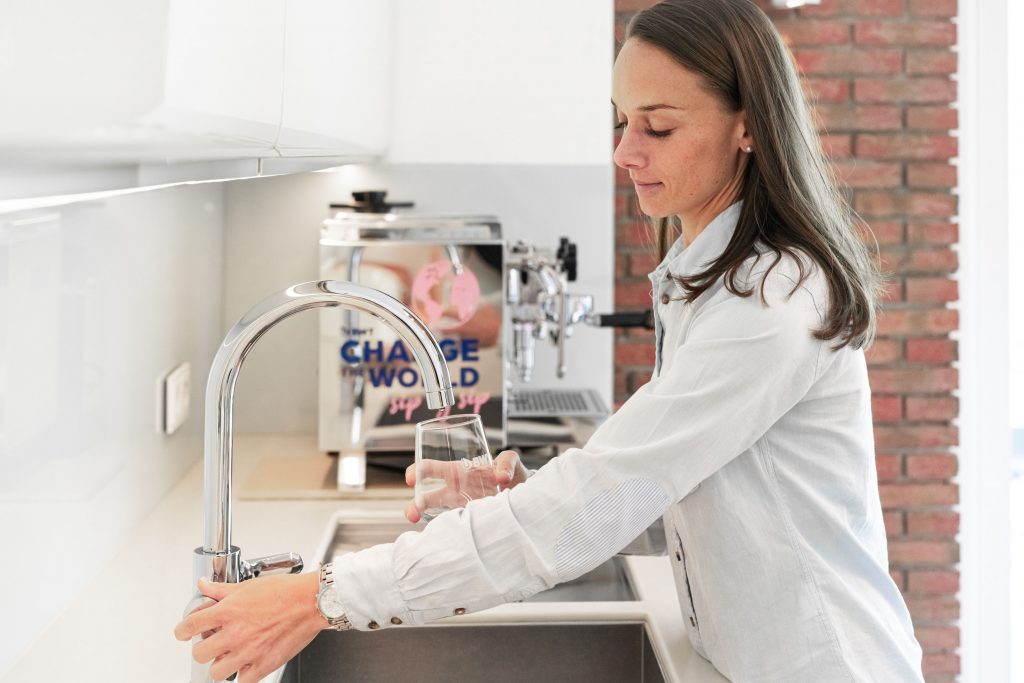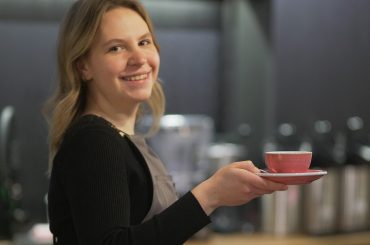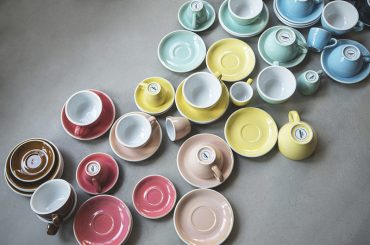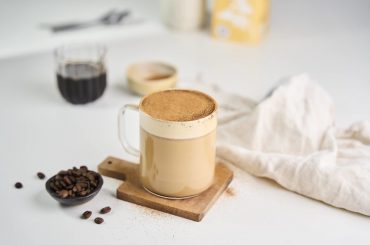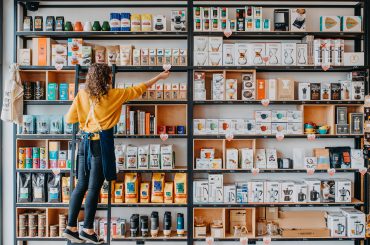Water makes up 98% of every coffee—but it rarely makes the investment list.Bad water ruins flavor, destroys equipment, and drives up service costs. So how do you choose a system that actually improves your café’s performance?
What is coffee without the beans?
In most cafés, all the focus is on the beans. Roastery selection, roast profile, freshness, sensory attributes, extraction parameters—we treat all of it as sacred. And rightfully so.
But at the same time, we almost completely overlook the ingredient that makes up not just a few percent of the brew, but over ninety-eight percent of it: water. Ordinary, everyday, often underestimated water.
It’s absurd—but still common: a barista can talk for hours about the terroir of Colombian beans but has no idea what the water hardness is in their café. Café owners spend tens of thousands on espresso machines and grinders—then brew coffee using tap water. The same water that leaves scale in kettles and a chlorine note in tea. And then they’re surprised the coffee tastes flat, metallic, or just… lifeless.
Water is not neutral. It has flavor, composition, and character. It interacts with coffee both chemically and sensorially. It can enhance fruitiness, add body, or bring out acidity—but it can also destroy all the best aspects of a coffee. And while a customer may not name it outright, they will notice the difference. Coffee brewed with well-mineralized water is cleaner, smoother, and more complex. It leaves a lasting impression—and makes guests come back.So before you invest in your next espresso machine or seasonal blend, take a moment to ask yourself: What’s really flowing through your coffee?

Why does water change coffee flavor?
The water in your café isn’t just a liquid that needs to boil. It’s an active ingredient—one that has a real impact on what ends up in the cup. The chemical composition of your water determines how much and which flavor compounds are extracted from the coffee.
This means that even the best beans, when paired with the wrong water, can taste mediocre, dull, or in the worst cases—metallic, flat, or like week-old thermos tea.
- Water that’s too soft—lacking minerals—has weak extraction power. The flavors are pale, the brew is watery, and there’s no depth.
- Water that’s too hard, full of calcium and bicarbonates, can mute fruitiness, muddle the flavor profile, and completely kill the acidity that’s crucial to balance and structure in lighter roasts.
But that’s not all. Water doesn’t just affect flavor—it affects equipment. High hardness means limescale buildup in boilers, steam wands, and internal tubing. More buildup means more downtime, more service calls, and more frustration. Which all directly impacts your café’s budget.
So good water must serve two purposes:
Be safe for equipment and optimal for extraction. That means it can’t be too pure or too mineral-heavy. It’s not about “the best mountain spring water,” but water matched to coffee—water that brings out the best in your beans and doesn’t wreck your machines.

The parameters that truly matter
Before you pick a filtration system, you need to know what you’re actually aiming for. Water in a café isn’t magic—it’s chemistry. And to make coffee taste the way it should, you need to stay within certain numbers. These values define extraction, balance, and—ultimately—whether a customer comes back for a second cup.
Total Hardness
This is the amount of dissolved calcium (Ca²⁺) and magnesium (Mg²⁺) ions in the water. These minerals determine the extractive strength.
Too little = thin, weak brew.
Too much = muted coffee and limescaled machines.
📌 Ideal range for espresso: 50–100 ppm CaCO₃
Pour-over methods are a bit more forgiving.
How to measure: Drop tests (e.g. Brita, BWT kits – two test tubes, reagent drops, count the drops). Electronic meters can help, but composition matters too—not all meters show that.
Alkalinity (Buffering Capacity)
Alkalinity is the water’s ability to buffer acidity—basically, it determines whether your coffee will taste bright and fresh, or dull and flat.
Too much alkalinity destroys acidity. Too little can make coffee taste sour.
📌 Safe range: ~40 ppm CaCO₃
How to measure: Also with drop tests—different reagent, same principle. Water testing kits from JBL or Hanna Instruments work well. Takes just 2–3 minutes.
pH
Without getting too lab-techy: your water’s pH should be near neutral—between 6.5 and 7.5.
Water that’s too acidic can cause corrosion. Too alkaline, and it can distort the brew’s sweetness and clarity.
How to measure:
Simple: litmus paper.
More accurate: a digital pH meter (must be calibrated periodically). Prices start at around 50–100 PLN.
TDS – Total Dissolved Solids
This measures everything dissolved in the water.
Too low (e.g. pure reverse osmosis water with no mineralization) = no flavor structure, flat coffee.
Too high = over-saturation, muddy taste.
📌 Good starting point: ~150 ppm
But remember—it’s not just the number, it’s what makes up that number.
How to measure: A TDS meter (conductivity meter) is a must-have in any café. It shows total ppm, though not the composition—still, it’s your first checkpoint.
How to treat water in your café – systems that actually work
By now, it’s clear: water can’t be random. But awareness alone won’t fix things—you need a system that gives you control. Here’s a look at the most effective options: filters, reverse osmosis, mixers, and remineralizers. Each has its place—if chosen for your café’s actual needs, not just based on what was “on sale.”
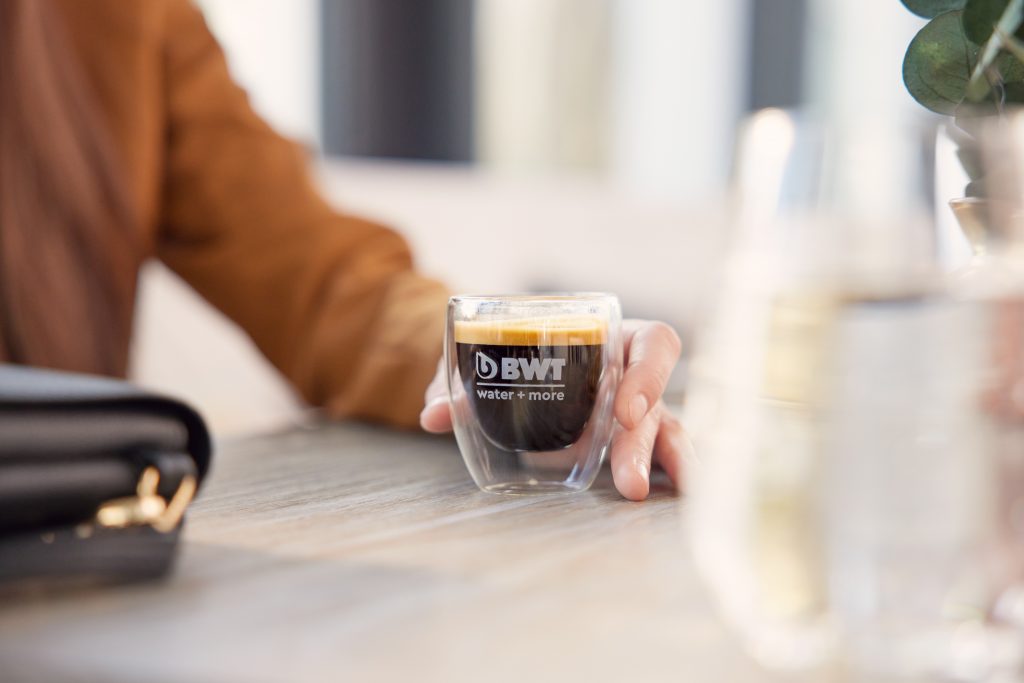
Brita & BWT – simple, fast, manageable
If you’re just starting out, don’t want to overcomplicate things, and your municipal water isn’t awful—Brita or BWT filtration kits are a solid first step. Both companies offer systems installed under the espresso machine or on the incoming water line.
These filters remove chlorine, reduce hardness, and improve taste. The pro versions also include mineralization—BWT, for instance, adds magnesium, which enhances the coffee’s flavor profile.
It’s not ideal for demanding pour-overs or cuppings, but for espresso and milk drinks—it’s more than enough.
💰 Cost: a few hundred to a thousand PLN. Filter replacement every few months, depending on water usage and quality.
Reverse Osmosis – total control (but not zero effort)
everse Osmosis (RO) is the most precise water filtration method used in foodservice. It pushes water through a membrane with microscopic pores, removing almost everything—both harmful elements and the minerals coffee needs.
That’s why RO systems require blending—either manual mixing with unfiltered water or a remineralizer, which lets you dial in exact levels of calcium, magnesium, and carbonates.
Sounds like alchemy? Maybe. But the result is worth it: complete control over your extraction, regardless of your water source.
🔻 Drawbacks: higher upfront cost (3–6k PLN), water waste (some water is discarded), installation space, and maintenance.
✅ But if you’re planning on pour-overs, cuppings, single origins, or just want repeatability and peace of mind—it’s the only way.
Premium systems: AKVO, Everpure, Pentair
If you want maximum precision and design (including service usability), go a step further with premium systems like AKVO or Everpure. These typically combine reverse osmosis and remineralization, often letting you create separate water profiles for espresso and pour-over.
They run quietly and consistently, with excellent documentation and support. Ideal for cafés with high volume, discerning clientele, and a goal of offering more than just “good coffee.” These cafés see water as an investment, not a cost.
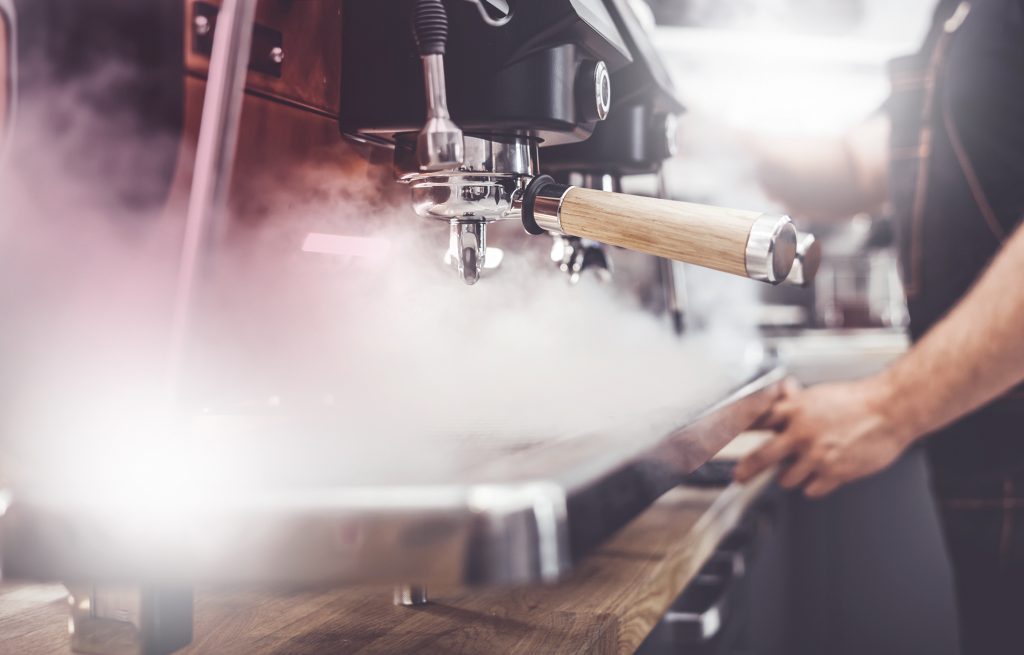
How to choose a water system for your café – three scenarios
Not every café needs a 5,000 PLN osmosis system. And not every coffee will shine with a cheap market filter. It all depends on your café’s concept, offering, and starting water quality. Here are three common scenarios:
1. Small café, classic espresso menu, low volume
If you’re just getting started, focused on espresso and milk-based drinks, and using under ~50 liters of water a day—a basic filtration system with hardness reduction is enough. Just make sure it’s certified for foodservice and matched to your local water profile.
What you gain: Better flavor, no chlorine, less scale, noticeably cleaner espresso. Peace of mind as you launch.
⚠️ Watch out for: filter replacements. Don’t wait until the coffee tastes like metal.
2. Medium café with pour-over, higher volume, connoisseur-friendly menu
If you offer pour-overs, alt brewing methods, cuppings, or a rotating menu of single origins—invest in a solution that gives you control over hardness and mineral content. A system with reverse osmosis and blending or remineralization is a smart choice.
What you gain: Consistent flavor, precise extraction control, equipment safety, and cupping reliability.
⚠️ Watch out for: RO systems require maintenance, space, and responsible waste management. It’s not “set and forget” tech—you need to understand how it works.
3. High-volume specialty café with education, retail beans, and fast turnover
Here, shortcuts are not an option. If you educate guests, host tastings, release seasonal lines, and collaborate with roasters—you need full control. A system with RO, fine-tuned remineralization, and the ability to set different water profiles for espresso and filter is non-negotiable.
What you gain: Complete control over taste, stronger customer loyalty, better pairing of beans with methods, and long-term machine reliability.
This is the level you can taste—and your guests will notice.
⚠️ Watch out for: higher cost, but it pays off—in lower service expenses and stronger brand identity.
Here, water becomes a tool—not a cost.
Water is an operational decision.
When opening a café, many decisions happen fast: espresso machines, grinders, training, beans, furniture, logo. Water rarely makes the serious list—and that’s one of the most common mistakes. Because water isn’t a matter of “if,” but what kind.
And that choice affects more than flavor—it determines machine lifespan, service cycles, stress levels during breakdowns, and your brand’s reputation.
Water that doesn’t fit your coffee can ruin the perfect roast.
Water that doesn’t fit your equipment can ruin the equipment.
That’s not a detail. That’s a strategic technological choice—just one that your guests will sense subconsciously, and you’ll feel directly in your costs.
So if the water in your café is just “whatever comes out of the tap and passed through a Brita filter five months ago”—it’s time to rethink.
And if you’re designing your café from the ground up and want everything to make sense from day one—start with this question:
What’s really flowing through your coffee?

